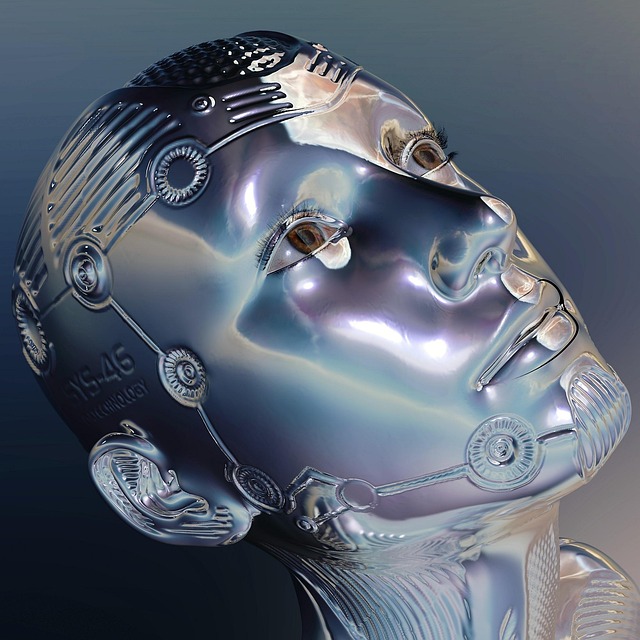
Artificial Intelligence and Hiring Bias: Legal Challenges and Implications
Artificial Intelligence (AI) has revolutionized various sectors, including recruitment, by streamlining processes and enhancing efficiency. However, the integration of AI into hiring practices has raised significant concerns regarding bias and discrimination. This blog post delves into recent legal challenges related to AI-driven hiring bias, examines the implications for employers and job seekers, and explores the evolving regulatory landscape.

The Rise of AI in Recruitment
Automation and Efficiency
AI technologies have been increasingly adopted in recruitment to automate tasks such as resume screening, candidate sourcing, and interview scheduling. These tools are designed to identify the most suitable candidates by analyzing vast amounts of data, thereby reducing the time and effort required in the hiring process.
Potential for Bias
Despite their advantages, AI systems can inadvertently perpetuate existing biases present in their training data. If the data used to train AI models reflects historical prejudices or societal inequalities, the AI can replicate and even amplify these biases in its decision-making processes.
Legal Challenges Arising from AI Hiring Bias
The Workday Lawsuit
In a landmark case, Derek Mobley filed a class-action lawsuit against Workday, alleging that its AI-powered hiring software discriminated against him based on race, age, and disability. Mobley, a Black man over 40 with anxiety and depression, claimed that he was unfairly rejected for over 100 job applications processed through Workday's platform. The lawsuit contends that Workday's AI system violated Title VII of the Civil Rights Act of 1964, the Age Discrimination in Employment Act (ADEA), and the Americans with Disabilities Act (ADA). (reuters.com)
EEOC's Involvement
The U.S. Equal Employment Opportunity Commission (EEOC) has supported Mobley's claims, arguing that Workday could be considered an "employment agency" under anti-discrimination laws. The EEOC's involvement underscores the agency's commitment to ensuring that AI tools do not perpetuate discrimination in hiring practices. (reuters.com)
Broader Implications
This case highlights the potential for AI systems to inadvertently discriminate against protected groups. It serves as a wake-up call for employers to critically assess the AI tools they employ in their hiring processes and to ensure compliance with existing anti-discrimination laws.
Regulatory Responses to AI Bias
State-Level Initiatives
In the absence of comprehensive federal regulations, several U.S. states have taken proactive steps to address AI-related biases:
- California, Colorado, and Utahhave enacted AI-specific legislation focusing on transparency and accountability in AI systems. (reuters.com)
-Massachusetts, Oregon, New Jersey, and Texashave issued guidance or taken enforcement actions to mitigate AI-related risks, including concerns over personal data misuse and algorithmic discrimination. (reuters.com)
Local Regulations
New York City has implemented the Automated Employment Decision Tool law, requiring employers to conduct annual bias audits of AI tools used in hiring and to notify candidates when such tools are employed. This regulation aims to enhance transparency and fairness in AI-driven recruitment processes. (nolo.com)
Best Practices for Employers
To mitigate the risks associated with AI hiring tools, employers should consider the following best practices:
1.Conduct Regular Bias Audits: Periodically evaluate AI systems to identify and rectify potential biases. (employmentattorneymd.com)
-
Ensure Human Oversight: Maintain human involvement in the hiring process to oversee AI-driven decisions and intervene when necessary.
-
Promote Transparency: Inform candidates about the use of AI in hiring and provide avenues for them to challenge decisions.
-
Stay Informed on Regulations: Keep abreast of federal, state, and local laws governing AI in employment to ensure compliance.
The Future of AI in Hiring
As AI continues to evolve, its role in recruitment is likely to expand. However, it is crucial for employers to balance technological advancements with ethical considerations and legal obligations. Ongoing monitoring, transparency, and adherence to anti-discrimination laws will be essential in fostering fair and inclusive hiring practices.
Conclusion
The integration of AI into hiring processes offers numerous benefits but also presents challenges related to bias and discrimination. Legal cases like the Workday lawsuit and regulatory initiatives at various governmental levels underscore the importance of vigilance and responsibility in deploying AI technologies. Employers must proactively address these issues to ensure equitable treatment of all candidates and to uphold the integrity of their hiring practices.

Further Reading
For more insights into AI and hiring practices, consider exploring the following resources:
By staying informed and implementing best practices, employers can harness the benefits of AI while mitigating potential risks associated with bias and discrimination.